TUNIS VILLAGE,
EGYPT
I had the privilege of spending five weeks traveling through Egypt with my sister, Kim Ann Buhl, a pottery artist, focusing particularly on Tunis Village and its renowned Fayoum Pottery School
My essay (AT THE END OF THIS PAGE) on Tunis Village, paired with photographs captured on an Olympus Superzoom 80G, paints a vivid portrait of a community where tradition and artistry converge.
Through the lens of Evelyne Porret’s legacy, it explores how pottery became both a craft and a lifeline, transforming the village into a global symbol of creativity, resilience, and cultural heritage.
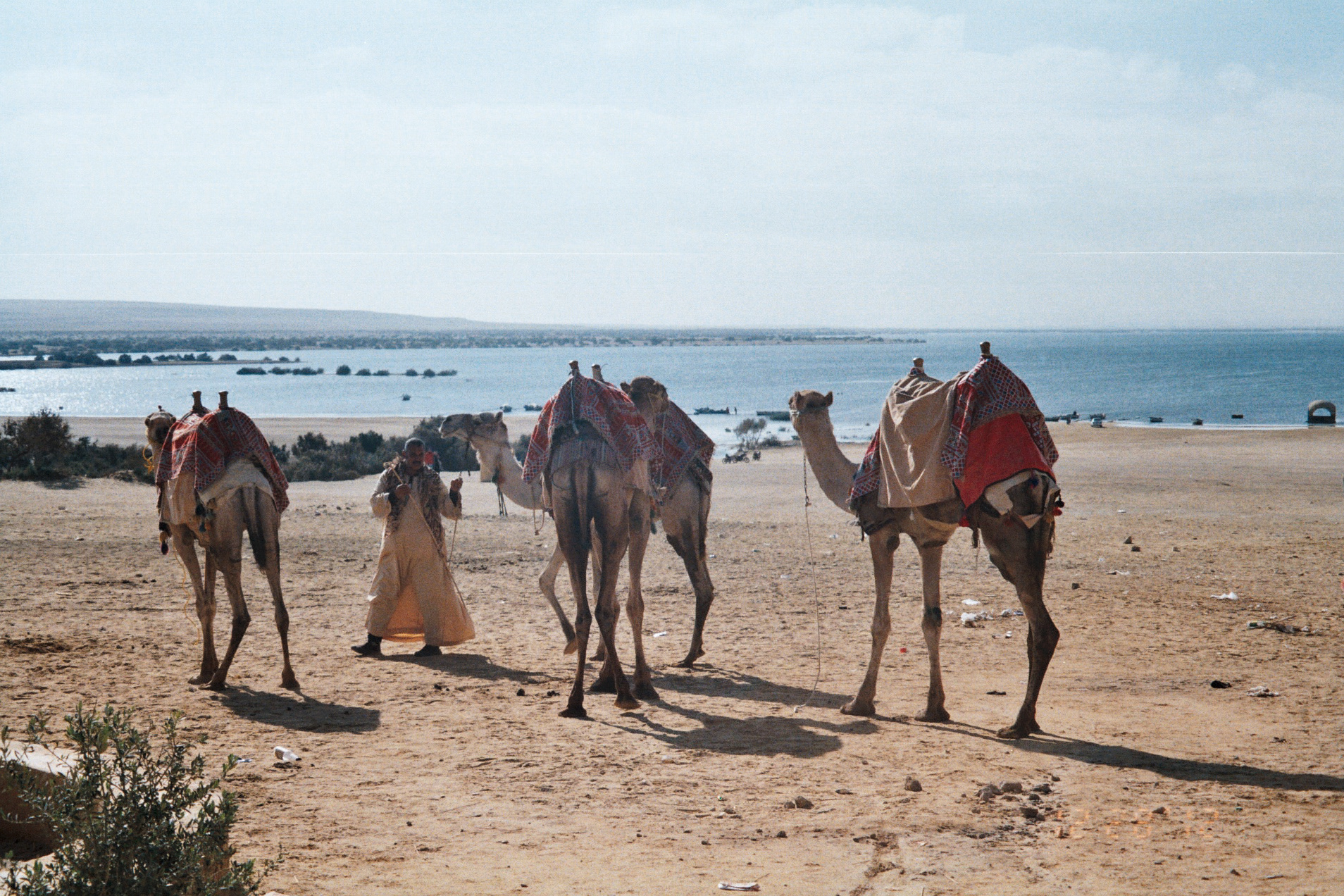

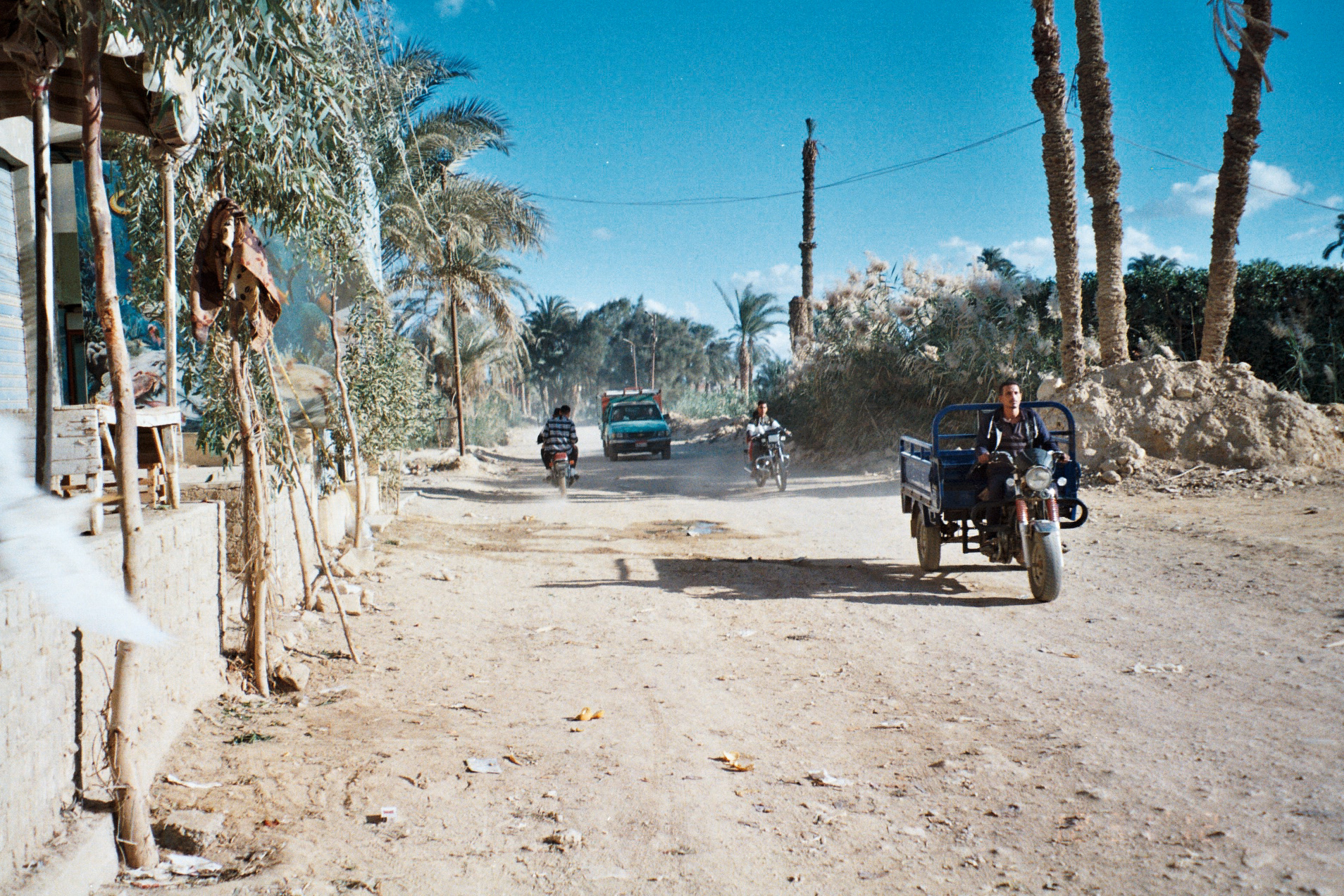
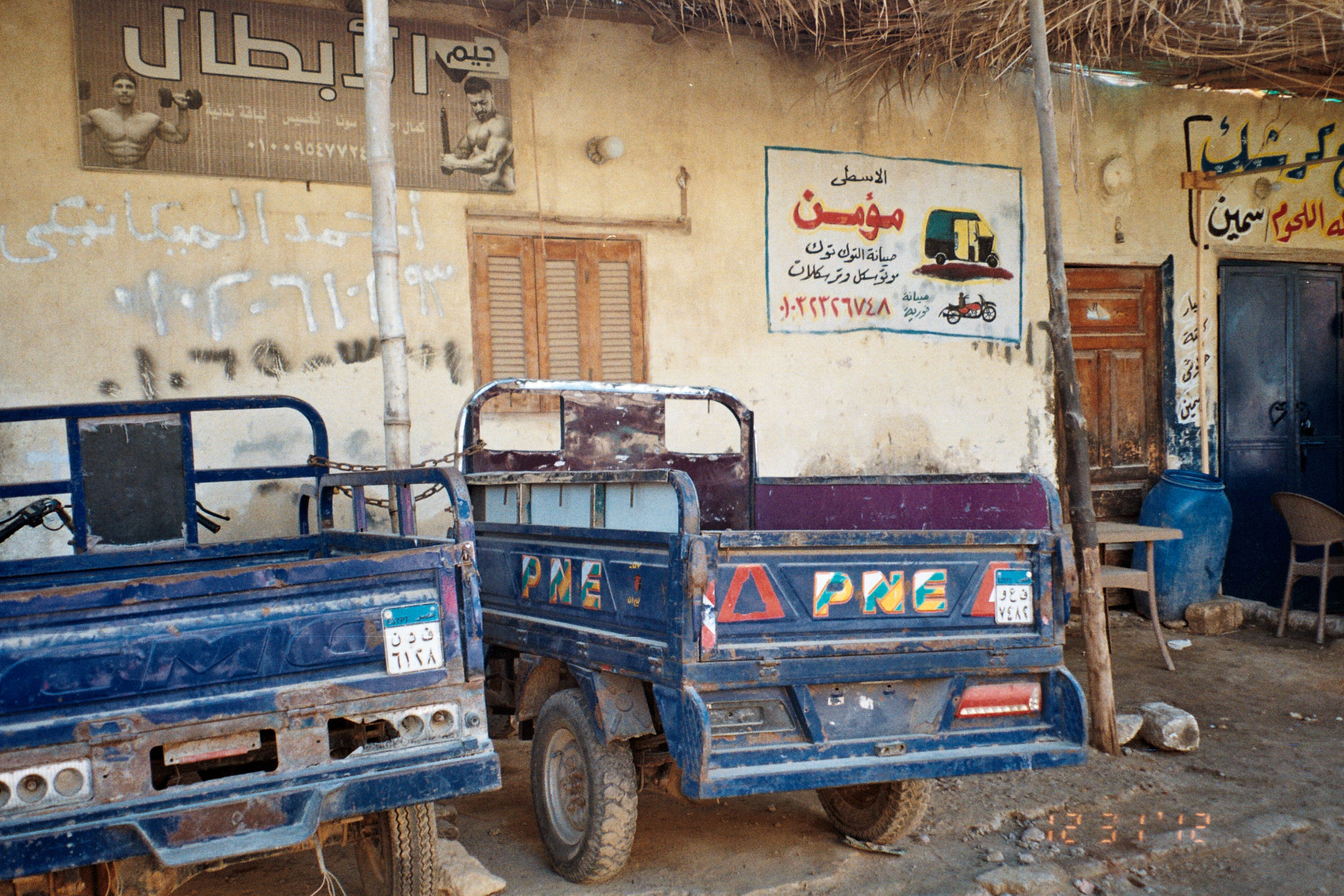
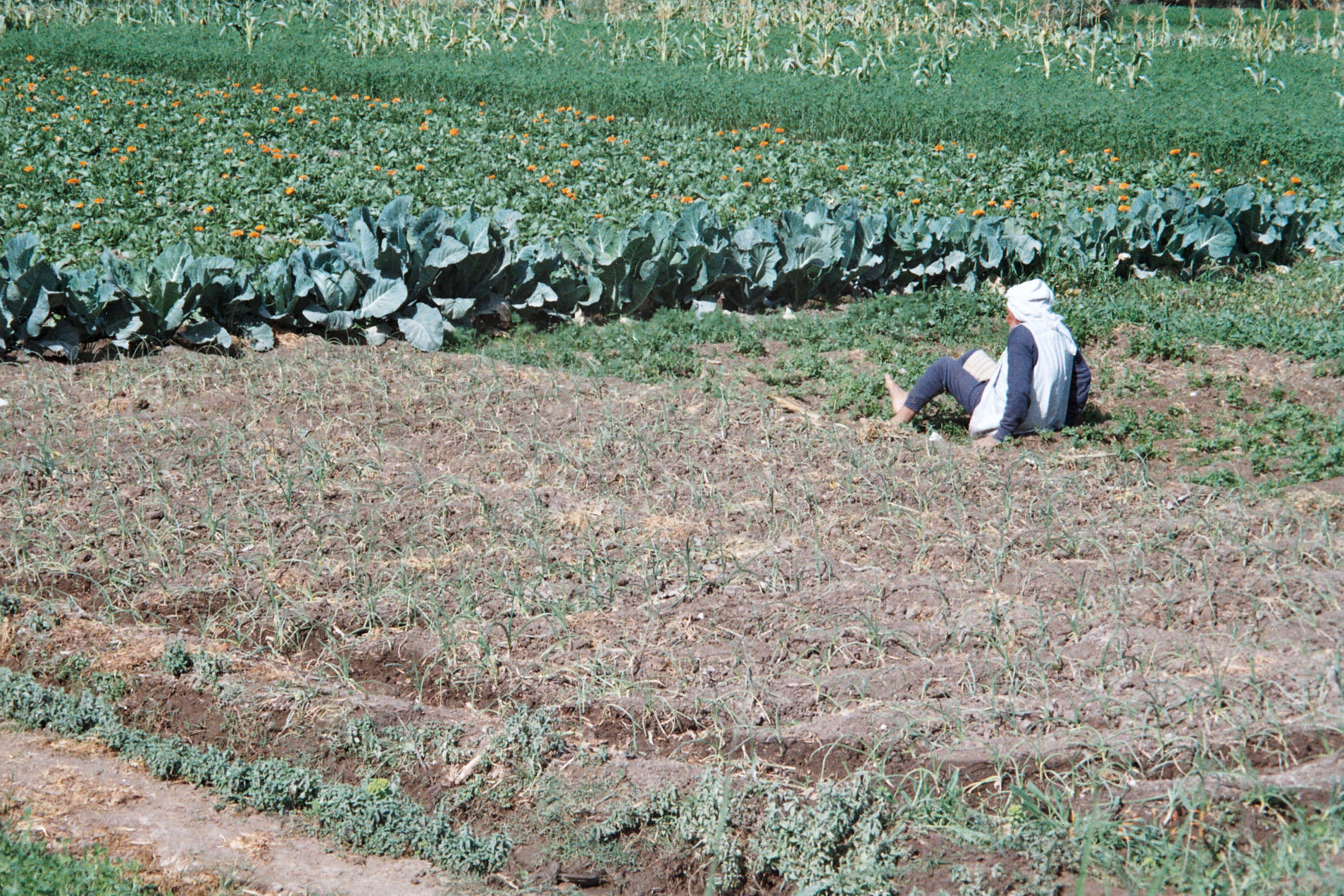
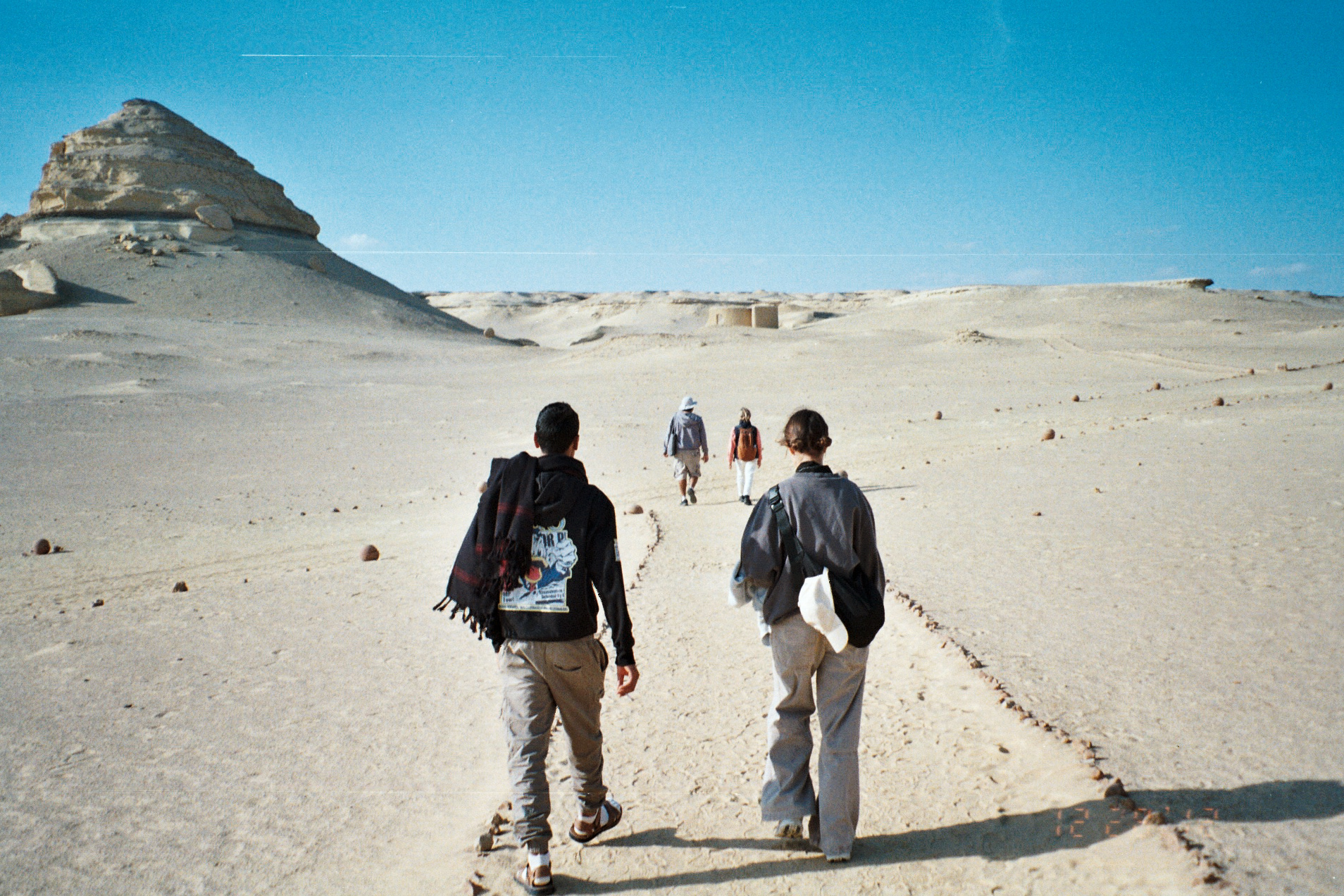
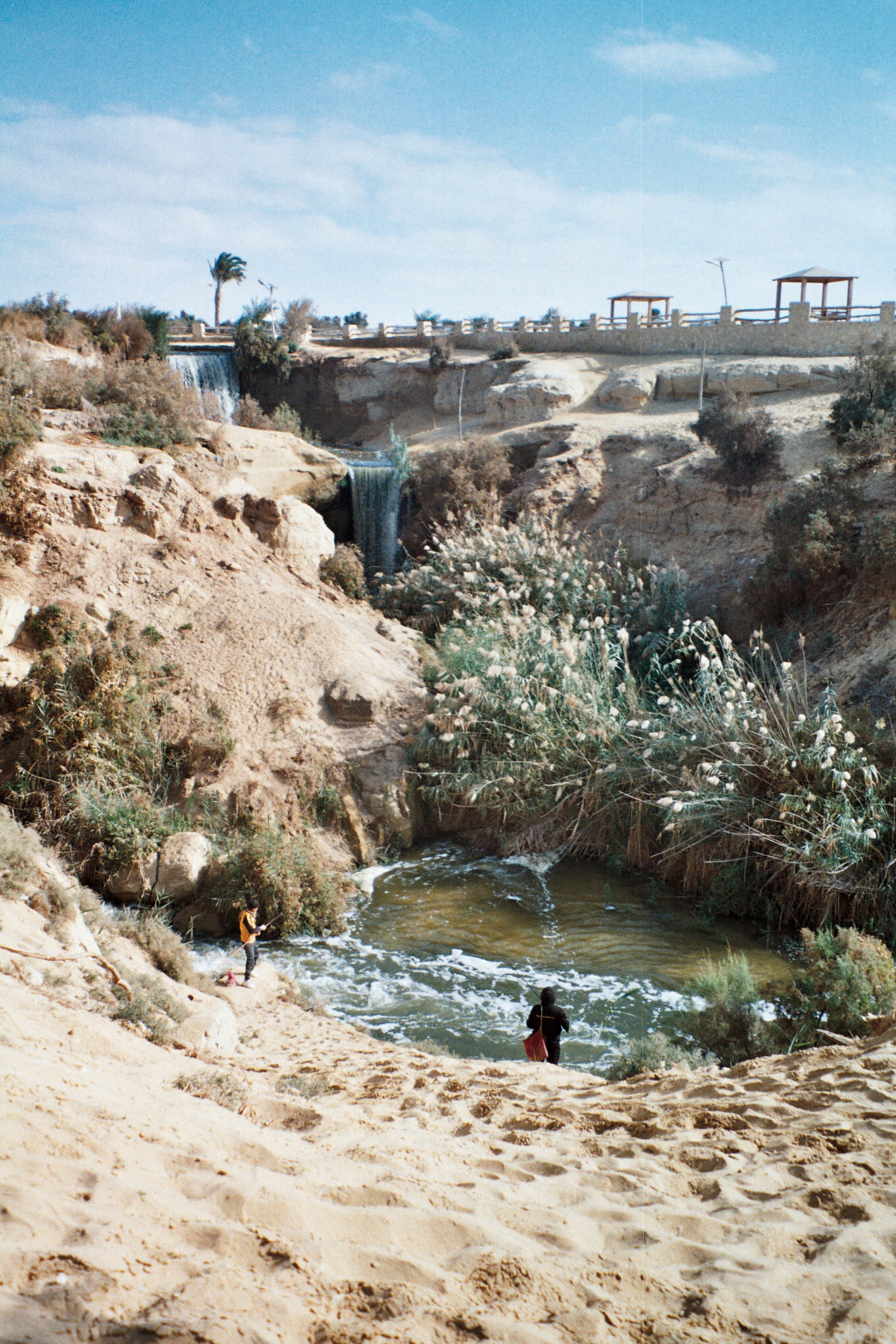
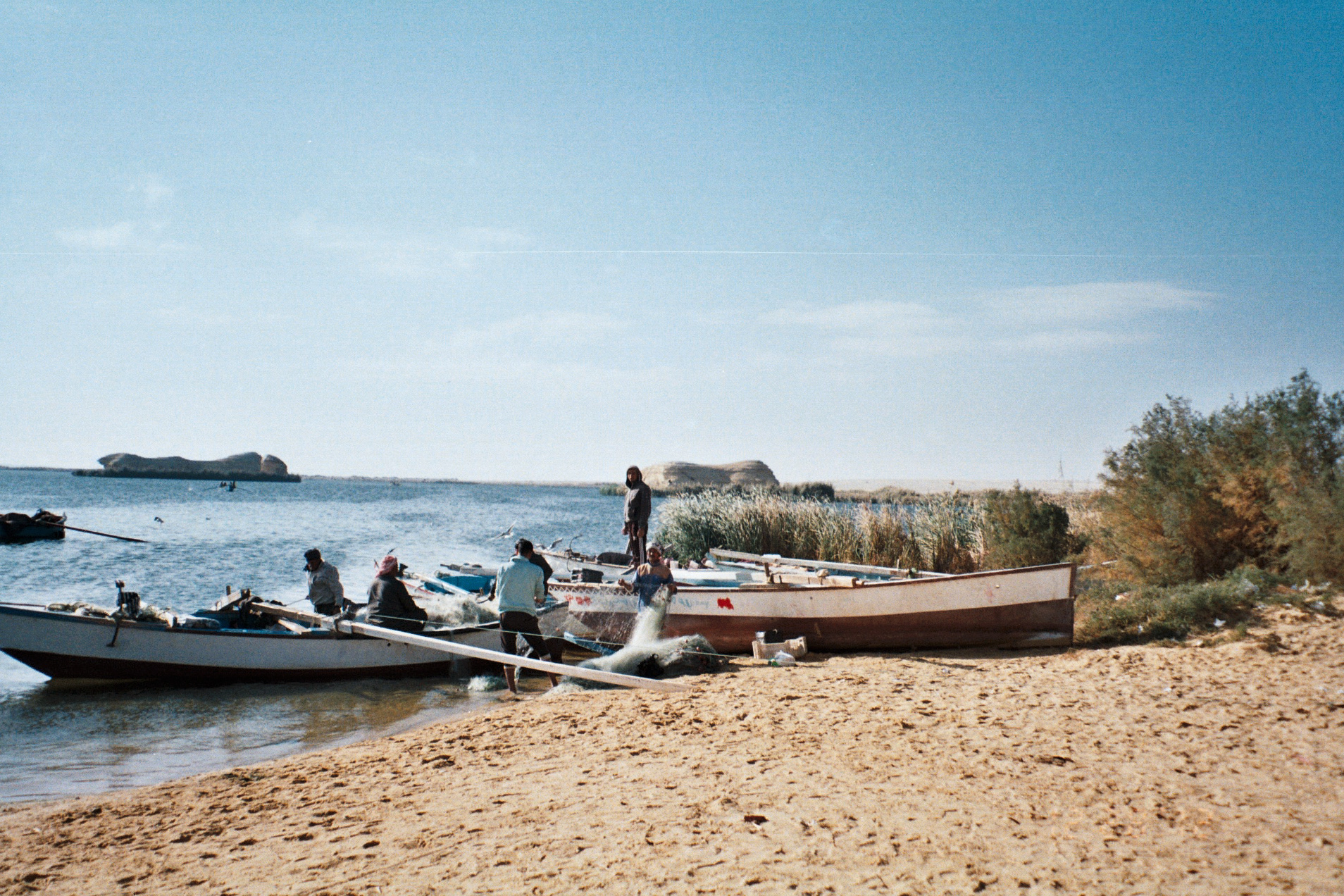
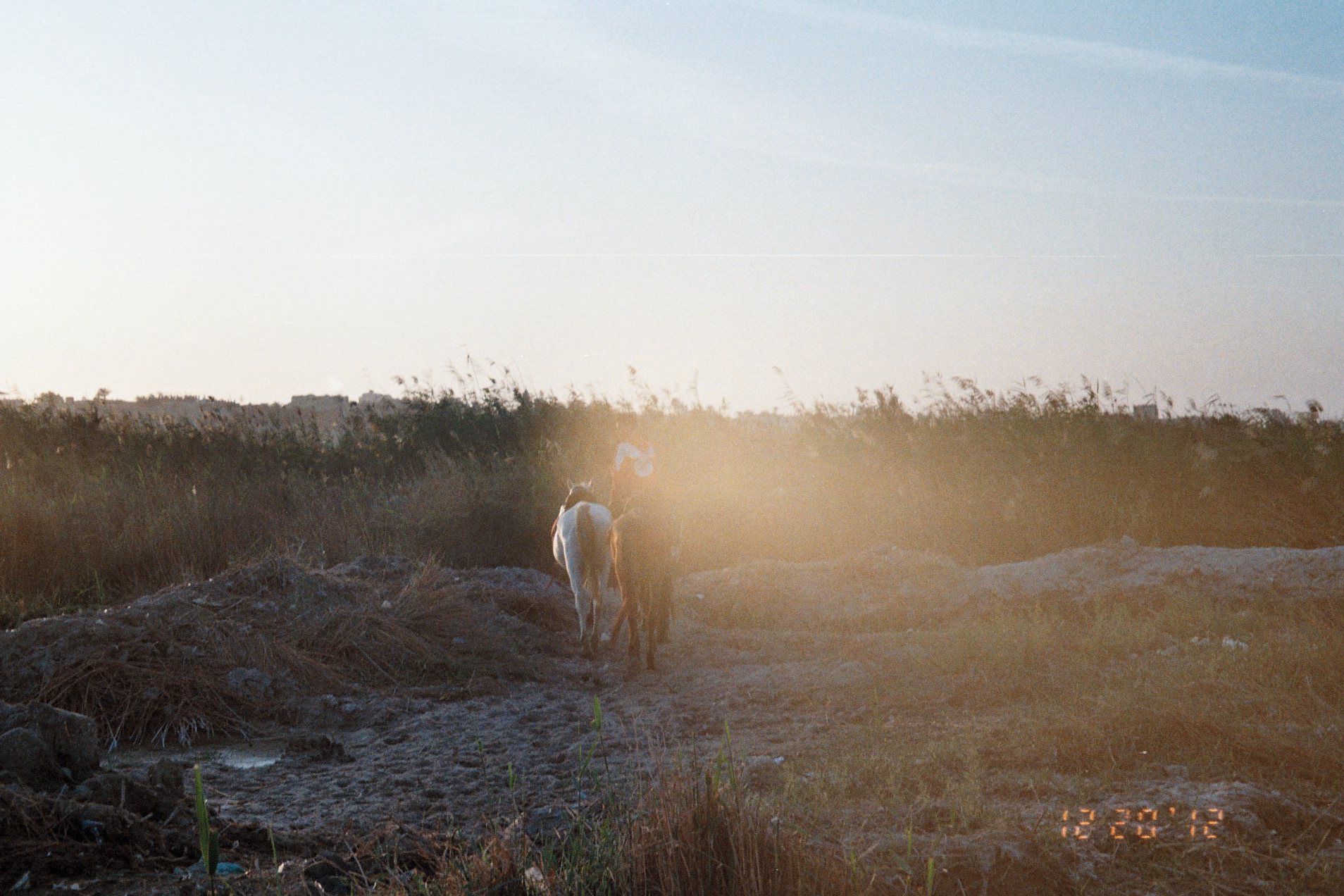
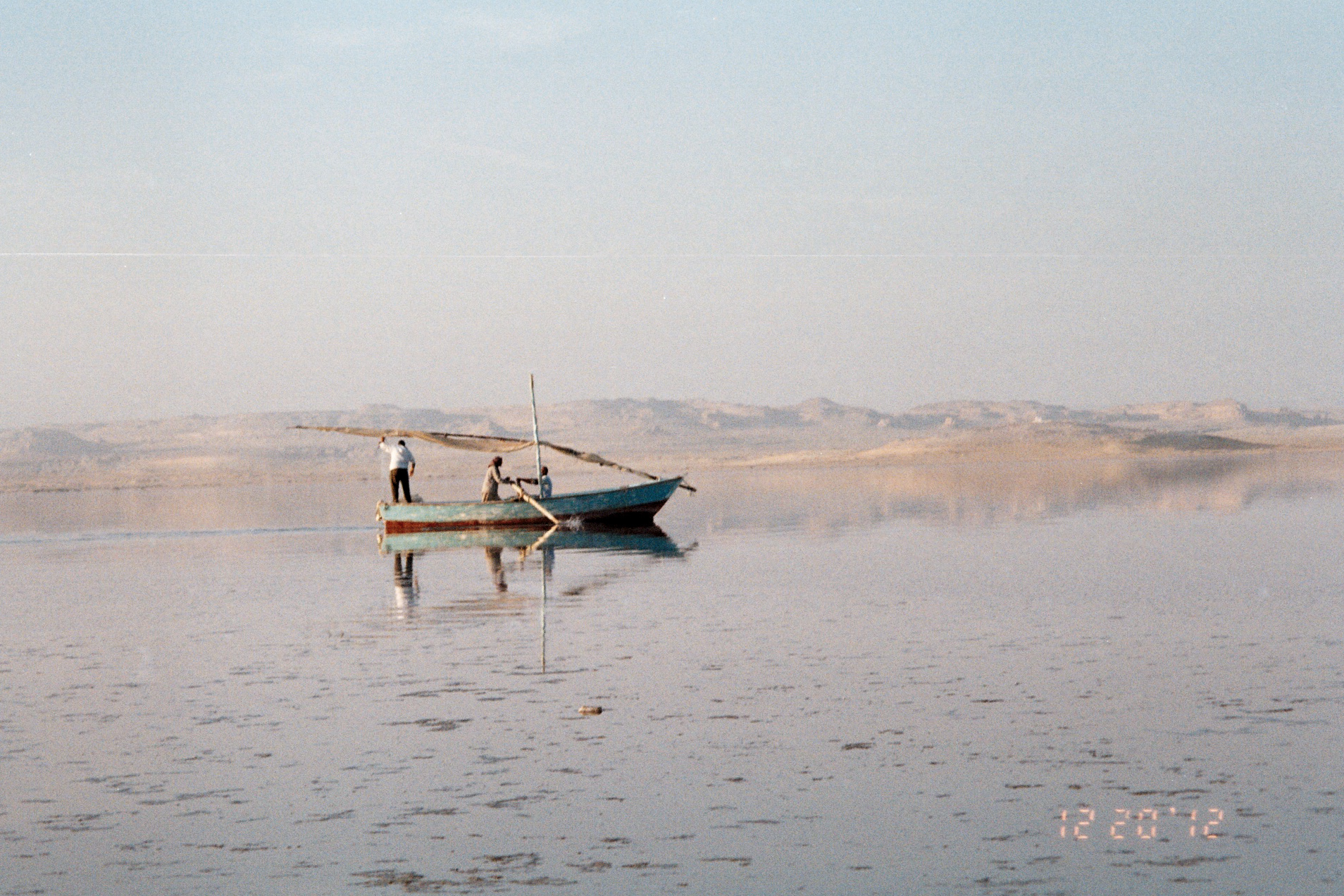
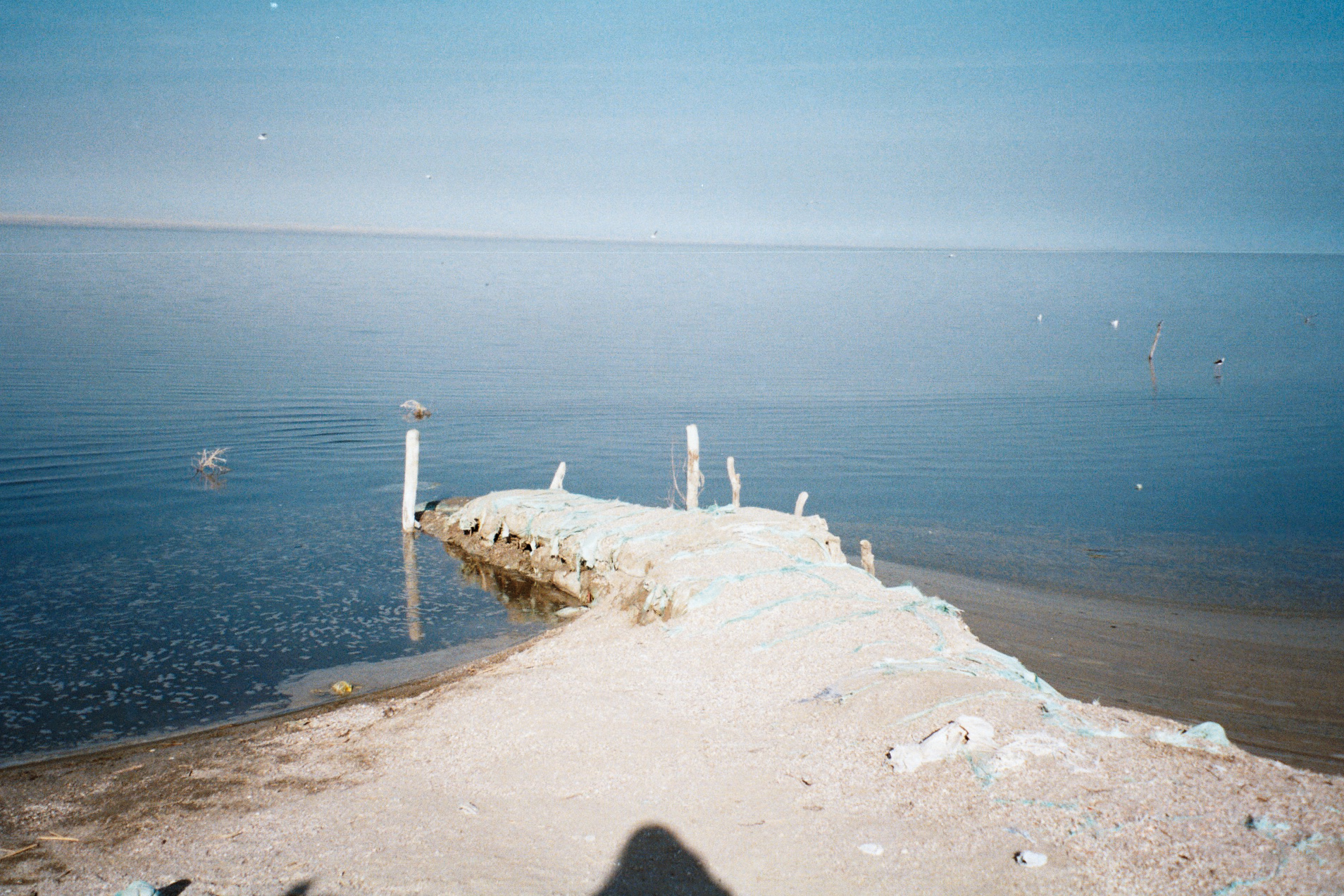
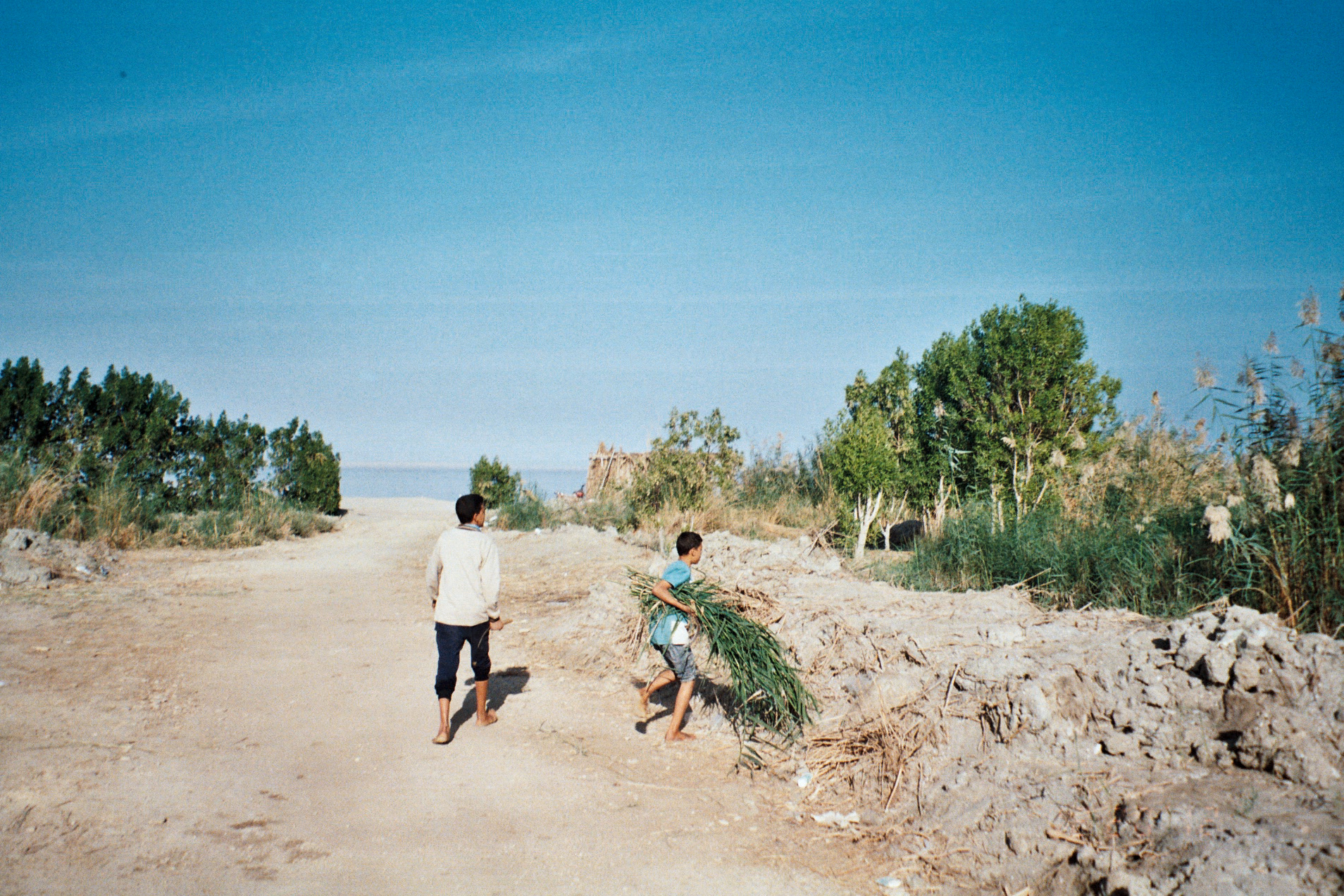
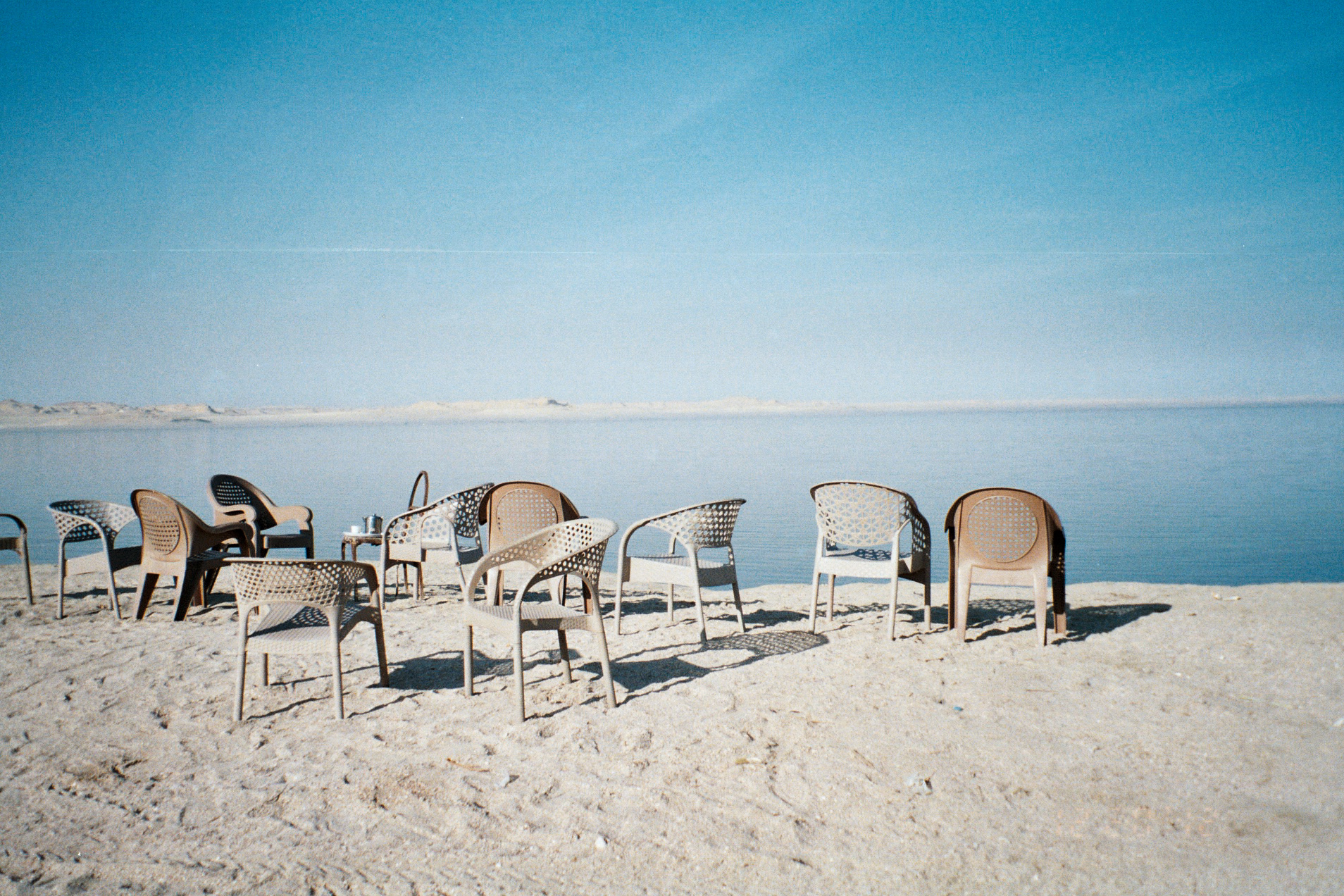

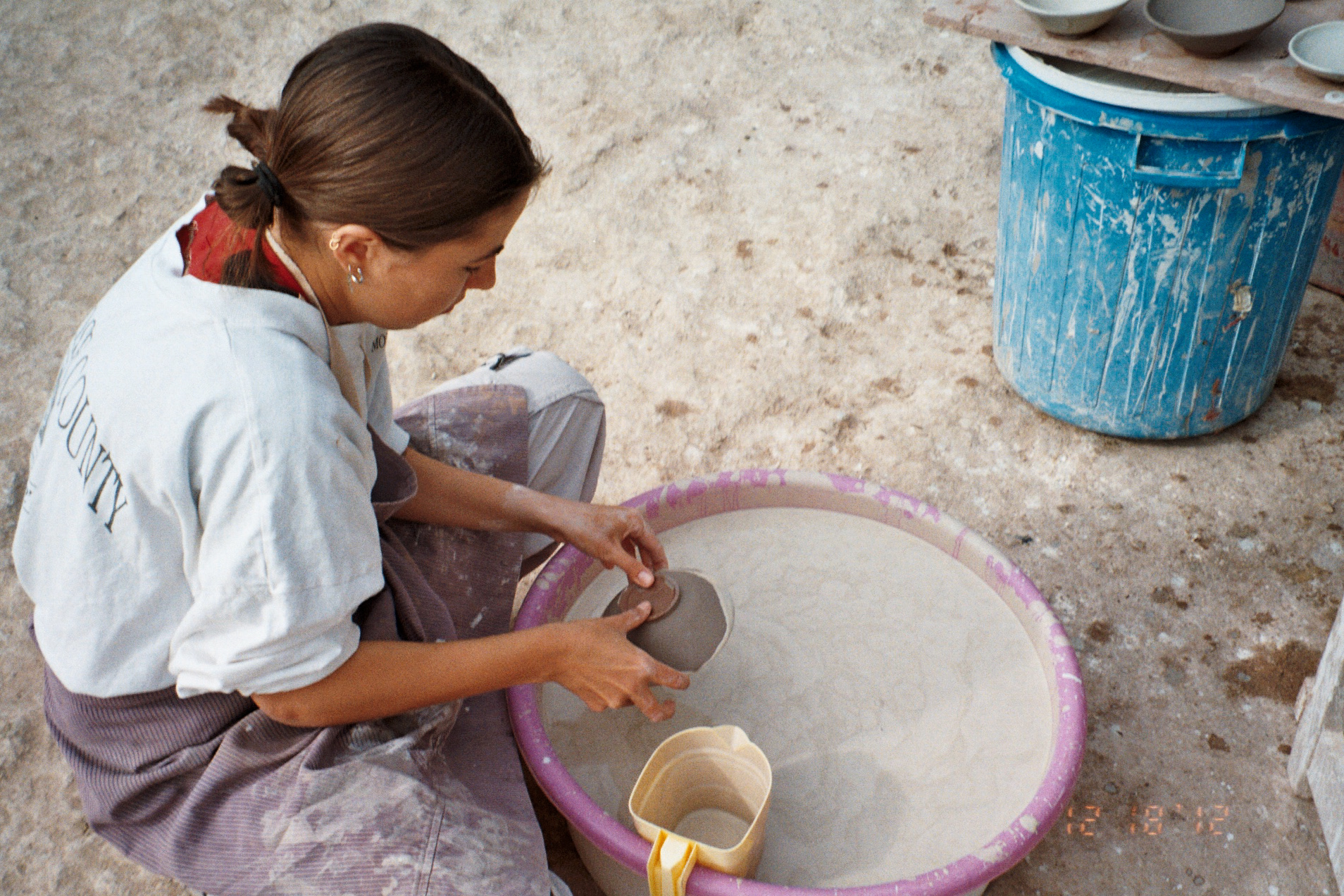
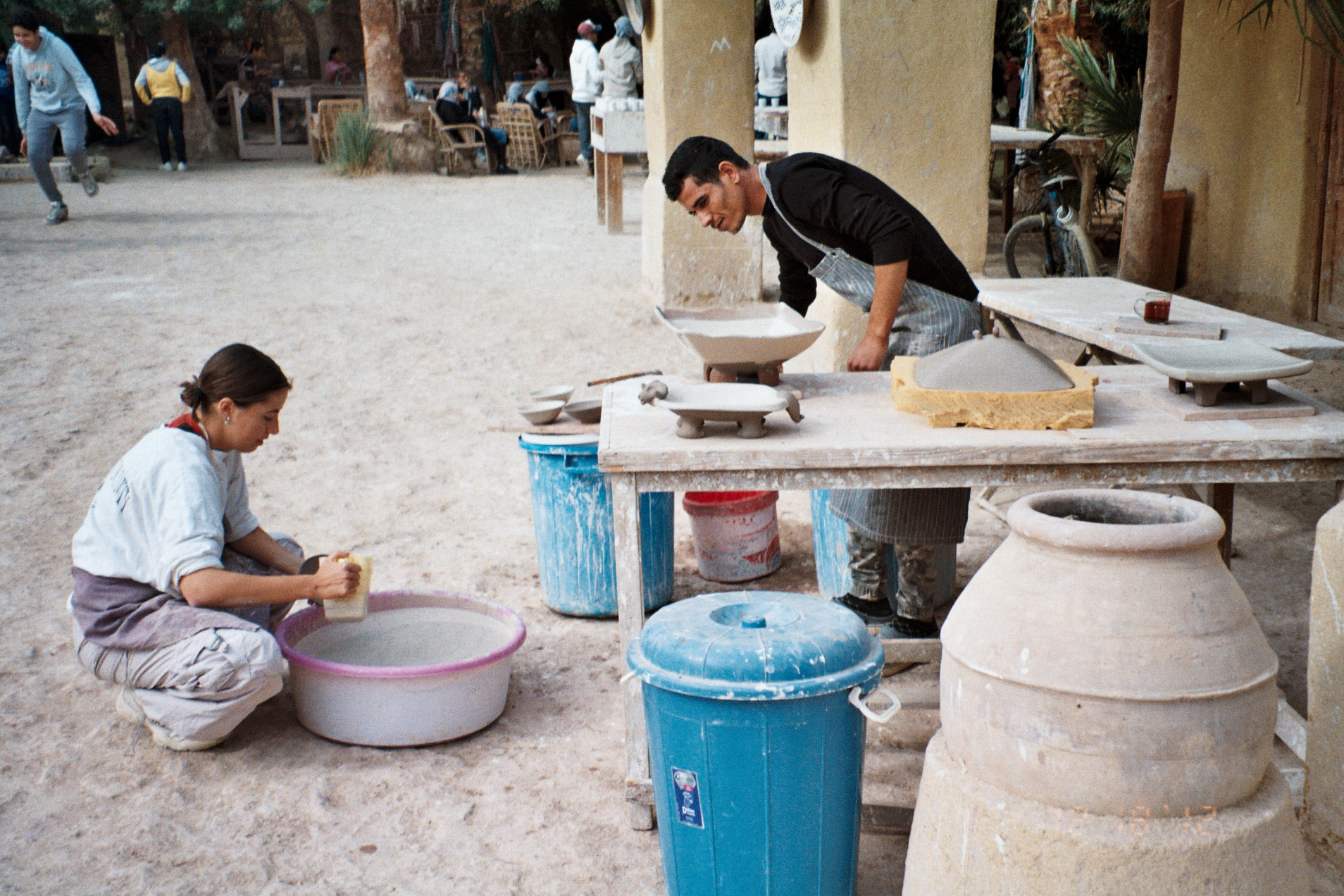
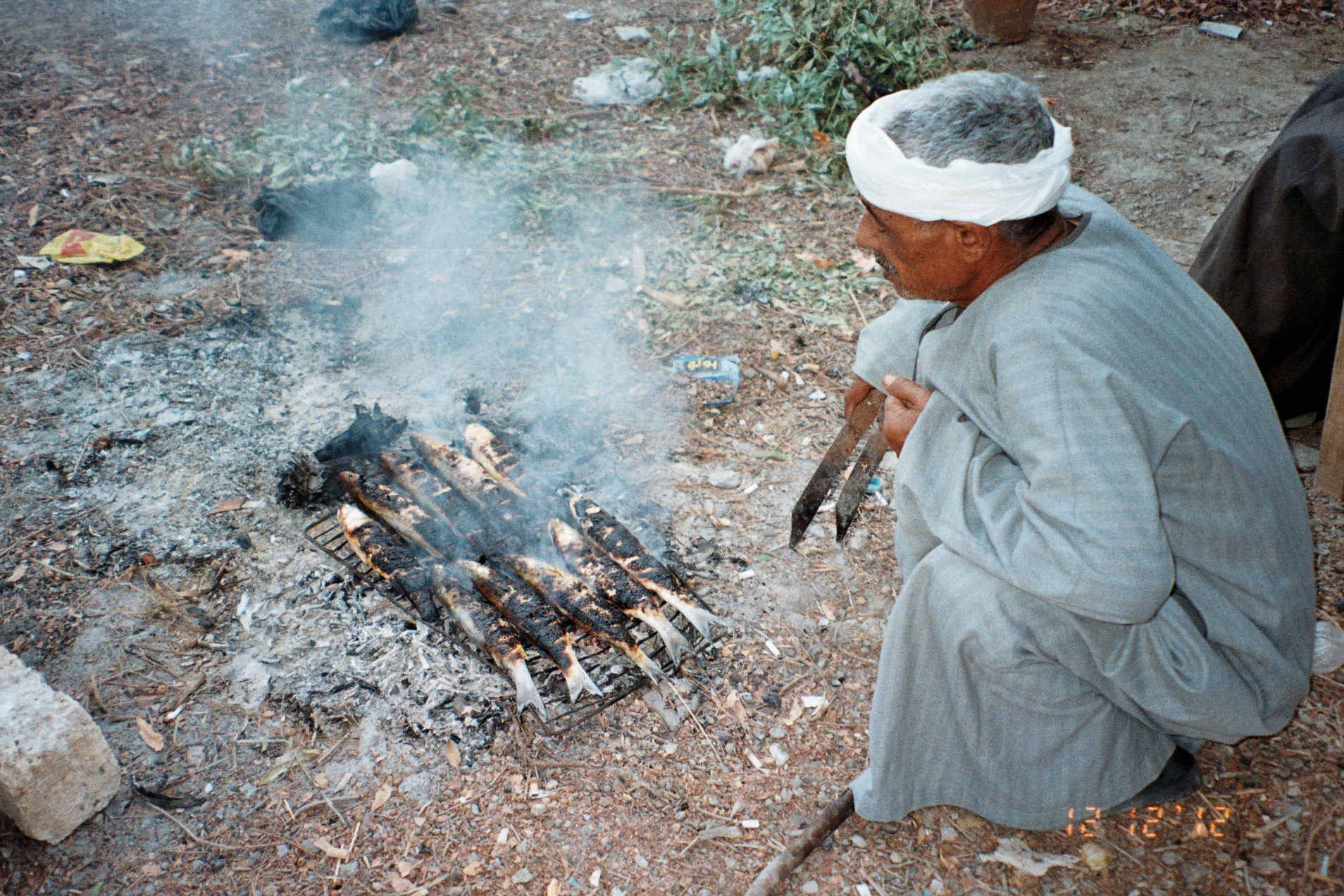
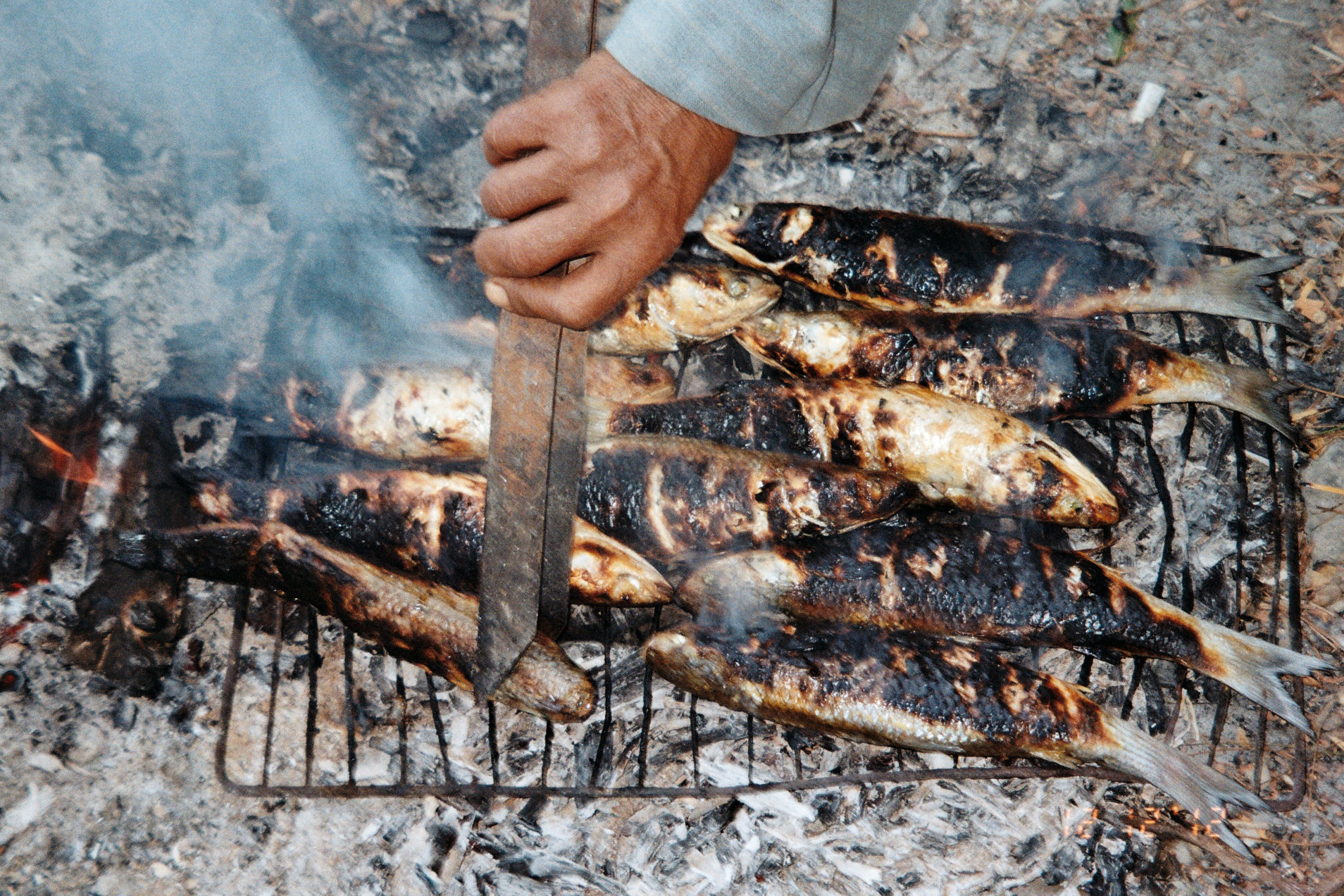
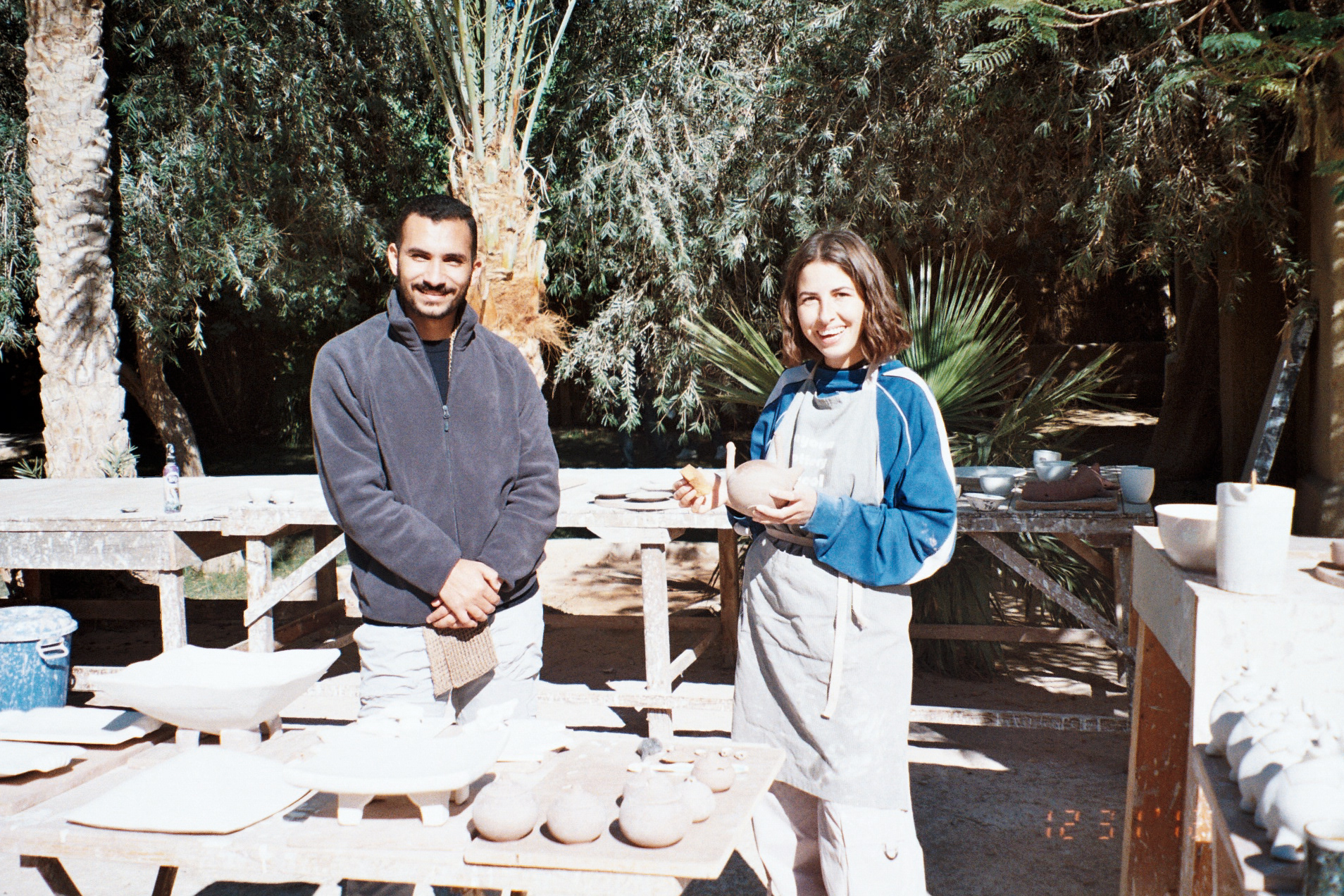
Tunis Village – The Legacy of a Woman
The first thing I noticed when I arrived in Tunis was how everyone seemed to talk about Evelyne. The street that led me into the village, past small corner shops offering not only 20 varieties of chips and packaged sweets but also basic, modest groceries, is named after Evelyne. The land surrounding the Fayoum pottery school, with its guesthouses, farmland, and buffaloes, belongs to Evelyne’s son. Every man, woman, and child, it seems, knows about the remarkable woman whose face adorns some of the shops selling handmade goods like carpets, clothing, pottery, paintings, and jewelry. Her image, painted on canvas, is proudly displayed on their shelves.
Tunis Village, nestled in the El Fayoum region about two hours from Cairo, is one of Egypt’s most celebrated centers for pottery, alongside El Nasla. In the 1980s, Swiss potter Evelyne Porret arrived in this rural village with her husband. She established a pottery studio that later transformed into a school for children, empowering them with a craft that offered financial independence while encouraging them to pursue their education. This marked a turning point for the community, sparking economic growth and fostering a renewed sense of purpose. Evelyne’s vision and dedication profoundly shaped Tunis Village, which is now synonymous with pottery craftsmanship. She spent her entire life in Tunis, passing away in 2021, and remains a legendary figure in the hearts of its residents.
Today, the pottery school is the largest creative institution for children in the village. Its unique style, inspired by natural motifs such as donkeys, camels, palm trees, and birds, defines the artistic identity of Tunis. The palette reflects the earthy tones of white, green, and blue, a tribute to the surrounding environment. Thanks to Evelyne’s influence, Tunis Village hosts an annual international ceramics festival, attracting artists and enthusiasts from around the globe. Its pottery is exported worldwide, solidifying its reputation as a center for craftsmanship. This is why my journey to Tunis began in Paris, sparked by my roommate’s beautifully crafted cups and bowls. These pieces ignited my sister’s curiosity as a ceramic artist, prompting her to visit the village for a cultural exploration – and I couldn’t resist tagging along.
Visitors to Tunis are greeted with unparalleled hospitality. Pottery enthusiasts flock to the Fayoum Pottery School, eager to observe young artisans at work, purchase handmade crafts, and immerse themselves in the village’s tranquil charm. While the village’s infrastructure may be challenging for some, the warmth and attentiveness of its people more than make up for it. Wandering through its streets, we often found ourselves pausing to chat with potters, many of whom are graduates of Evelyne’s school. These conversations frequently stretched into long afternoons over chai, punctuated by shared stories and gifted ceramics.
No two days in Tunis were alike. From outings to the lake and encounters with both domestic and wild animals to desert excursions and invitations to Sebou – a Muslim equivalent of a baby shower – every moment felt like stepping into a vibrant tapestry of life and tradition. Tunis is a place where history, artistry, and community converge in a way that feels almost magical. Yet, like every story, it has its complexities.
The children of Tunis Village display incredible craftsmanship, nurtured from a young age. However, over the years, creativity and freedom of expression have sometimes been overshadowed by a more standardized approach. As certain processes and designs became more predictable, many shops began offering pottery that felt repetitive, limiting the room for artistic innovation. Conversations with locals revealed that Evelyne had always encouraged an open-ended dialogue with the clay, treating pottery as a medium rather than just a product. Her philosophy of experimentation, however, seems to have faded somewhat over time, with practicality often taking precedence.
Still, there is hope. Collaborations with international artists and visiting enthusiasts bring fresh perspectives, sparking a renewed sense of creativity among the younger generation. These exchanges hold the potential to reignite Evelyne’s original vision: a community where art serves not only as a livelihood but also as a platform for innovation and imagination.
This evolution is not unique to Tunis. Many artisan communities face the challenge of balancing the preservation of their heritage with the need to foster artistic freedom and creativity. Tunis Village embodies this delicate dance between tradition and progress, where the soul of the craft must evolve without losing its essence. While this process may present challenges, it also offers the opportunity for growth and transformation.
Despite these shifts, the dedication of the people in Tunis remains unwavering. The village continues to stand as a testament to Evelyne’s vision, with her legacy living on through each piece of pottery and every kiln-fired creation. Visiting Tunis is not just about witnessing artistry; it is about engaging with a living story where history, culture, and craft intersect. It is a place where tradition meets evolution, where hospitality bridges cultures, and where the spirit of one extraordinary woman continues to inspire future generations. As I left the village, holding a piece of its clay art, I realized I was not just carrying a souvenir – I was holding a tangible link to a legacy that will continue to shape and connect people across the world.